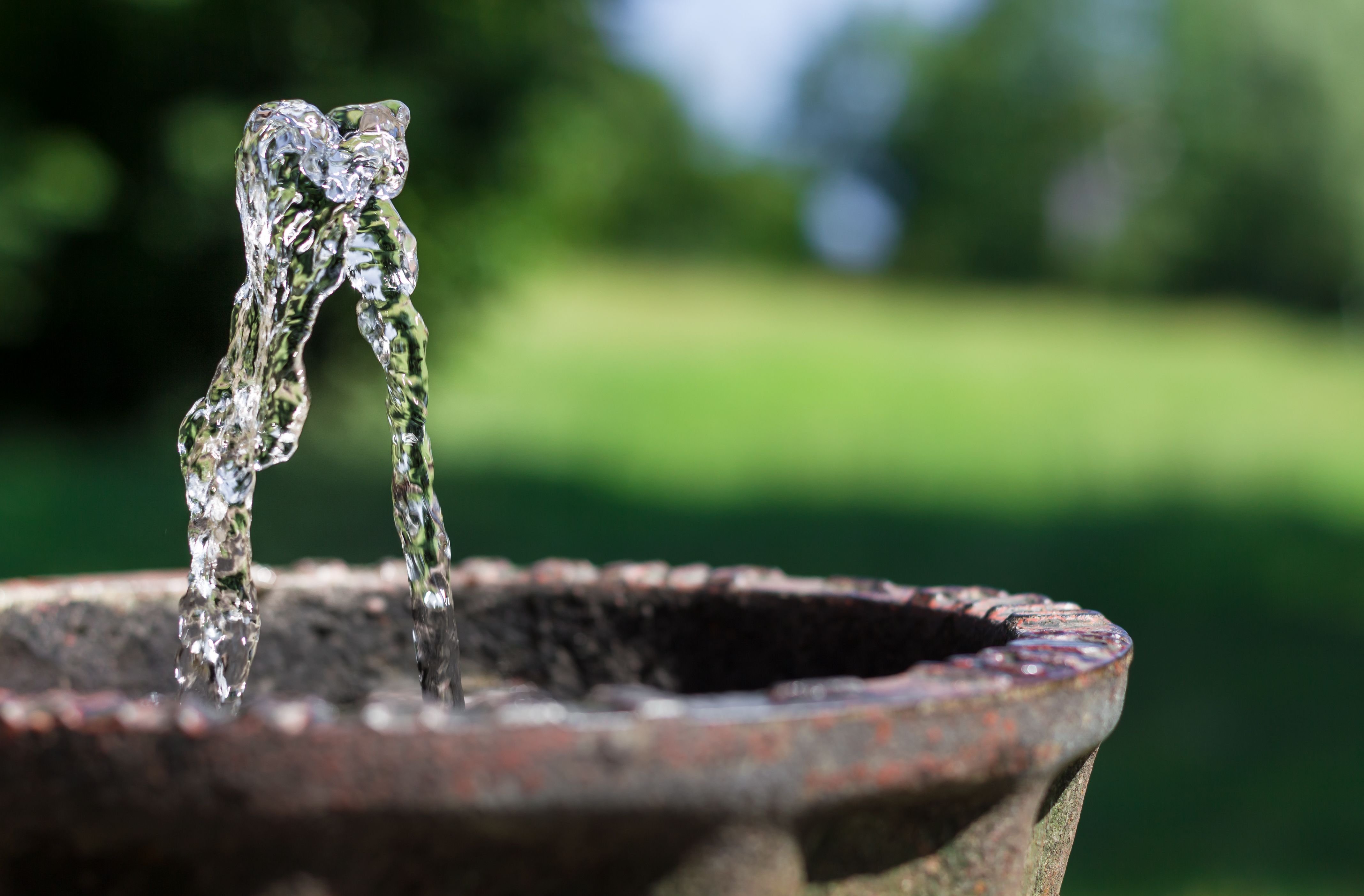
17 Apr Reverse Osmosis and Distillation
…not if you want to keep essential minerals.
I came across this site http://www.historyofwaterfilters.com/ and I thought I’d take some extracts and share them with you.
Customers often ask me about different methods of filtration like reverse osmosis and distillation. This site confirms Cleanwater’s way of thinking that it is essential to leave the good minerals in your drinking water.
What Chemicals do Reverse Osmosis and Distillation Remove/Reduce?
Reverse osmosis will generally remove any molecular compounds smaller in size than water molecules. Such compounds include salt, manganese, iron, fluoride, lead, and calcium (Binnie et al, 2002). Reverse osmosis is extremely efficient at stripping minerals from water, and it is highly valued as a water purification process in the printing industry, in which mineral-free water must be used.
Although reverse osmosis supplies useful, mineral-free water for printing purposes, it does not provide the healthiest drinking water. Reverse osmosis will remove several mineral and chemical materials from water, including salt, fluoride, lead, manganese, iron, and calcium. Reverse osmosis, because it removes minerals according to physical size, is non-selective in its removal of dangerous and beneficial minerals. Clearly, mineral contaminants like salt, fluoride, and lead should be removed from drinking water, but minerals like iron and manganese, because they are essential to natural body processes and important components of drinking water, should be left in that water. Iron builds and maintains healthy red blood cells while manganese helps in regulating protein, fat, and carbohydrate metabolism. Manganese, like calcium, is also an essential component in the building of bones and the clotting of blood. Though many foods contain these minerals, drinking water can and should be a major source for their intake.
Distillation removes chemicals similar to those removed by reverse osmosis, but in a different manner. Distillation, through its water evaporation process, will remove any chemicals or organic materials with higher boiling points than water. Such chemicals and organic materials with higher boiling points include bacteria, minerals, trace amounts of metals, many volatile organic chemicals (VOCs), and nitrate (Binnie et al, 2002). Clearly, distillation is valuable in its removal of the potentially deadly VOCs and nitrate. It strips water of nearly all of its natural minerals, though. Many of the minerals the distillation process removes are vital to the body’s natural processes. The distillation process is not selective in its removal of minerals, and it strips water of both dangerous and valuable mineral compounds.
Conclusion – The Importance of Drinking Filtered Water
The threat of harmful contaminants in drinking water can no longer be reasonably ignored. The correlation between contaminated drinking water and many significant diseases and health problems is far too strong to discount.
Of course, municipal water treatment facilities have lowered the presence of many of the more harmful contaminants, and the EPA has set maximum contaminant levels, below which it is assumed that contaminants may be safely ingested into the body. Municipal treatments facilities are not infallible, and EPA levels do not represent a safety level for every person. Children, the elderly, and those individuals who already have weakened immune systems, are particularly at risk to drinking water contaminants. Two of the most volatile drinking water contaminants, chlorine and fluoride, are actually treatment additives. Also, lead, another of the more harmful contaminants, enters drinking water after treatment and cannot be regulated by municipal water systems. Therefore, municipal water systems cannot and should not be trusted to provide healthy, clean drinking water.
There are many home treatment alternatives that can purify drinking water to a greater extent than city treatment plants. Reverse osmosis and distillation, two of these alternatives, are moderately successful at removing some contaminants, but they are expensive and wasteful. Bottled water, besides being expensive and highly unfeasible as a main drinking water source, is not under the same government regulations as municipal water systems and may actually contain more contaminants than tap water. The absolute best technology now available for treating water and removing undesirable contaminants is water filtration. Water filters, when compared to any other water treatment alternative, will remove more contaminants and provide safer, healthier drinking water.